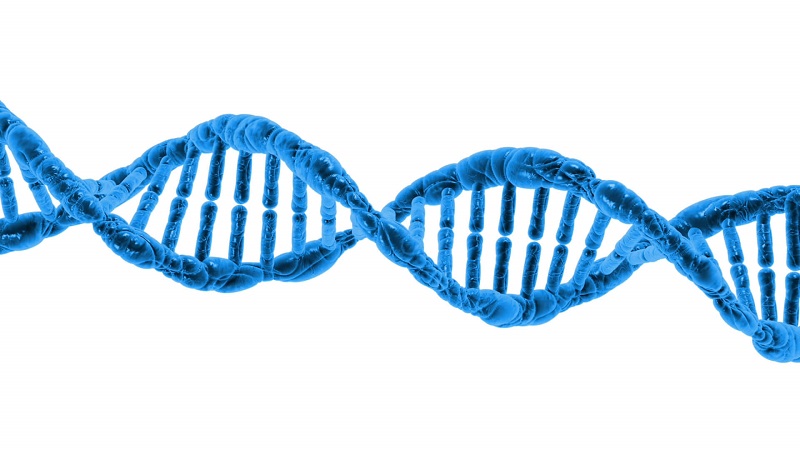5 Things You Should Know About Peptide Therapy

What is a peptide and what is peptide therapy?
Medical offices often market peptide therapy as a treatment for anti-aging to help boost hormone levels, one of the many benefits of peptides. So, what are peptides and what is peptide therapy? Peptides are small chains of amino acids and are used to communicate and send signals to turn on and off different functions in our bodies. Peptide therapy is used to help improve our body functions. It would be a shame not to explore the possibilities of other great benefits that peptides may be able to offer. As further research is conducted on peptides, we will learn more information regarding peptide therapy. For now, here are 5 important facts to understand peptide therapy a little more:
1. Peptides are considered safe
The peptides used for peptide therapy are either exactly the same or cousins of the proteins and peptides utilized by our bodies naturally. Although the majority of these peptides are created synthetically, they are used to encourage the same purposes as natural peptides. The close similarities in synthetic and natural peptides in our bodies provide safe and predictable outcomes for clients. The dipeptidyl peptidase enzyme pathway processes are used to break down most peptides, the same pathway proteins and hormones use to ensure peptides do not interfere with pharmaceutical drugs to help add another layer of safety to use as therapy. Because these peptides are compatible with natural biological processes, the chances of long-term side effects are significantly low.
2. Peptides are very selective and potent
What does this mean? Selectivity helps the peptides target specific cell types and imitate the natural body signals without causing any disruptions or unexpected reactions. The specific peptides can treat very specific issues, for example - an active peptide to treat heart tissue would only work on heart tissue and not cause any cross-reactivity anything else in the body. Due to the predictable and safe outcomes, this allows the body the ability for highly potent treatments.
3. Drawback - Peptides are chemically and physically unstable
Our internal bodies and cells are considered very complex and difficult to imitate. Many of these peptides used for therapy will only be active for a matter of minutes in our bodies as soon as they are produced. With these limitations, it is hard to create a product to be effective and used for treatment. Having the stability in creating and formulating the right peptides adds sensitivity to temperature, sunlight, and agitation. Because peptides will only be active for a short amount of time, frequency in dosing also poses an issue. Creating and storing these peptides properly is a challenge as well as finding a good and reliable source of peptides.
4. Currently, Peptide Therapy is generally not available orally
Most peptide therapy treatments require peptides to be administered by injection under the skin. The peptides are small in size and can be transferred through the size of small insulin syringes, causing relatively no pain during the process. You can receive peptide therapy orally or intrinsically, but you may expect limited absorption and less effectiveness. Through injections, the peptides will be protected from digestive enzymes that would quickly target and destroy them. In the future, some peptides may be available orally and in other forms such as nasal sprays and lozenges.
5. The future of peptide therapy is bright
Although peptides are considered a newer field of study, over 7,000 peptides have already been discovered and are being further researched and studied. Peptides may be able to provide a tremendous therapeutic opportunity to help regenerate and repair our internal bodies as well as improve our natural body functions and treat anti-aging.
There is no question peptides can help discover even more breakthroughs in medical science as we learn more about peptides and what capabilities they can offer. Peptides are an especially valuable form of medicine in which it can be used to mimic or replace natural peptide functions to help heal and repair targeted areas of the body as needed. Although peptide therapy is currently mostly available through subcutaneous injections, who knows what the future holds for medical science therapy as we learn more about peptide therapy and discover even less invasive procedures.



